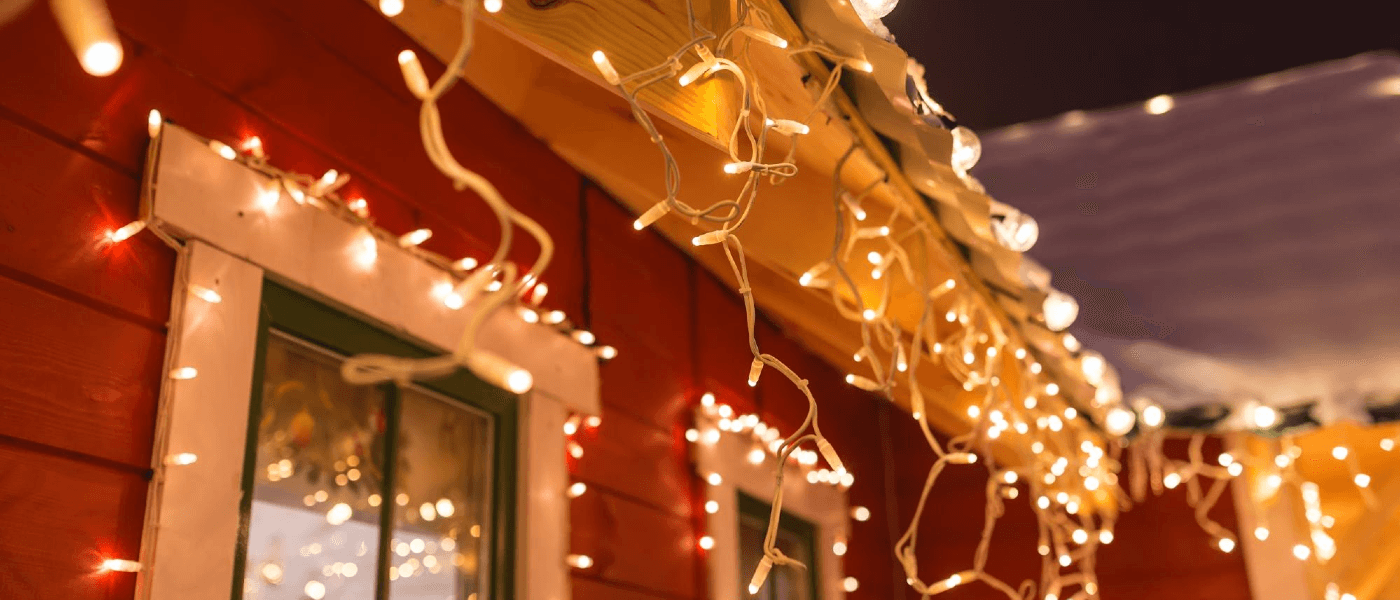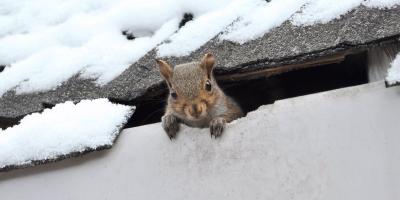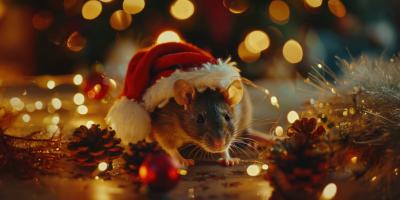Are Christmas Lights Attracting Pests to Your Home?

It should come as no surprise that a whole swath of flying insects are attracted to light -- mosquitoes, moths and beetles, just to name a few -- and winter is the season of holiday lights. This may have led you to wonder, do Christmas lights attract pests?
Lights Out this Holiday?
Will putting up Christmas lights on and around your home attract pests?
We’ve got good news: The simple answer is no, so you can channel your inner Clark Griswold and put up as many twinkling lights as you’d like without worrying about drawing pests. That said, for the more complex (and far more interesting) answer, keep reading, because it’s not any one factor that makes holiday lights less of a pest risk.
Up here in New England, for the most part, all those flying pests you see swarming lampposts in the summer are long gone by the time Christmas decorations come out. That doesn’t mean they’re all dead, mind you -- many mosquito species, for example, don’t just die off when it gets colder, but actually enter into a state similar to hibernation called diapause, which effectively stunts their growth until the weather warms up again.
In addition to fewer pests, traditional Christmas lights, like most light bulbs, are increasingly being replaced every year by LEDs, which emit a very different type of light than incandescent bulbs. To our eyes they often look the same; however, the difference is in the ultraviolet (or UV) spectrum, which humans can’t see but many insects can… and they are particularly drawn to them.
Incandescent, compact fluorescent and high-intensity discharge lights all emit lots of UV waves, but LEDs simply don’t. That doesn’t mean LEDs can’t attract insects at all -- they can, especially if they’re on the blueish side of the color temperature spectrum (like bulbs advertised as “daylight”), which insects are better at seeing.
Another reason LEDs are poor insect lures has nothing to do with light and everything to do with heat. Namely, that pretty much every other type of bulb besides LED emits some degree of noticeable heat, LEDs, especially the tiny kind found on a string of Christmas lights, are not perceptibly warmer than the surrounding air. Many scientists believe that insects are drawn to this heat in the chilly evenings, so by removing this attractant, your Christmas lights are that much less insect-friendly.
What this means, of course, is that you could theoretically keep your Christmas lights up all year long without attracting a noticeably higher number of insects to your property, even during peak season. You may, however, attract the ire of neighbors, who think your year-round yuletide display brings a new definition to the expression “Christmas creep.”
But wait! What about those LED bug zappers you’ve seen for sale online? Surely those must attract insects (in order to zap them), right?
Of course they attract insects, in part because they tend to use light more on the blue end of the spectrum, as mentioned earlier. But they also have a secret weapon -- a second light that emits the UV spectrum bugs are drawn to, usually in a cage around the center where the “zapping” also occurs.
Looking for ways to keep the pest population down around the house? We can help with that. Find out more about how our Home Protection Plan keeps pests out of the house 365 days a year.



